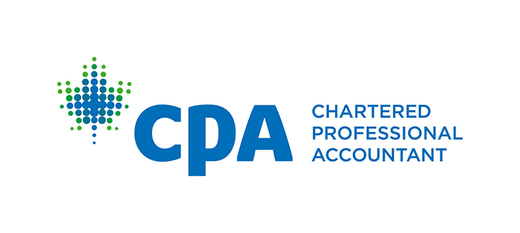A Comprehensive Comparison of TFSA, RRSP, RESP, and Margin Account in Canada (2025)
7/20/20252 min read
Understanding the Four Major Investment Accounts in Canada
In Canada, individuals have several options for saving and investing their money, each designed for specific purposes. This blog post provides a thorough side-by-side comparison of the Tax-Free Savings Account (TFSA), Registered Retirement Savings Plan (RRSP), Registered Education Savings Plan (RESP), and Margin Account as of 2025. Understanding the characteristics of these accounts can help Canadians make informed decisions about their financial futures.
Key Features of Each Account
Each account serves a distinct purpose and has its own set of rules regarding contributions, taxation, and growth. The TFSA is designed for tax-free savings and investments, allowing individuals over the age of 18 to contribute up to $7,000 per year in 2025, with no tax on growth. In contrast, the RRSP is primarily aimed at retirement savings. Contributions to an RRSP are tax-deductible, up to 18% of the prior year's earned income, with a maximum limit of $31,560 for 2024.
The RESP caters to those looking to save for their children’s education, with a lifetime contribution limit of $50,000 per child. Notably, contributions made to an RESP do not provide tax deductions, but investments grow tax-sheltered until withdrawal. Lastly, the Margin Account serves as a regular taxable investment vehicle without specific contribution limits, but lacks any tax advantages.
Tax Implications and Growth Potential
Investors should also consider the tax implications associated with each account. The TFSA allows for tax-free growth, meaning that neither contributions nor withdrawals are taxed. This feature makes it a highly attractive account for individuals who wish to maximize their savings potential without government interference.
On the other hand, an RRSP offers tax-deferred growth, where individuals can postpone their tax burden until they begin withdrawing funds during retirement. This can be beneficial for individuals who anticipate being in a lower tax bracket when they retire.
In the case of the RESP, while contributions are not tax-deductible, the earnings within the account grow tax-sheltered until funds are accessed for educational expenses, allowing for potentially higher growth over time.
Meanwhile, margin accounts are subject to taxation on any realized gains, making them less appealing for long-term investors seeking tax efficiency.
Conclusion: Making the Right Choice
When considering which account to use, it's vital to align your investment goals with the features of each account. If the objective is to save for retirement, the RRSP or TFSA may be the most appropriate choices. Conversely, for education savings, the RESP is clearly designed to meet those needs. The margin account, while flexible, should be approached with caution due to its tax implications and lack of regulatory benefits associated with the other accounts.
In conclusion, understanding the nuances of each account will empower Canadians to make more effective financial decisions tailored to their unique circumstances.
